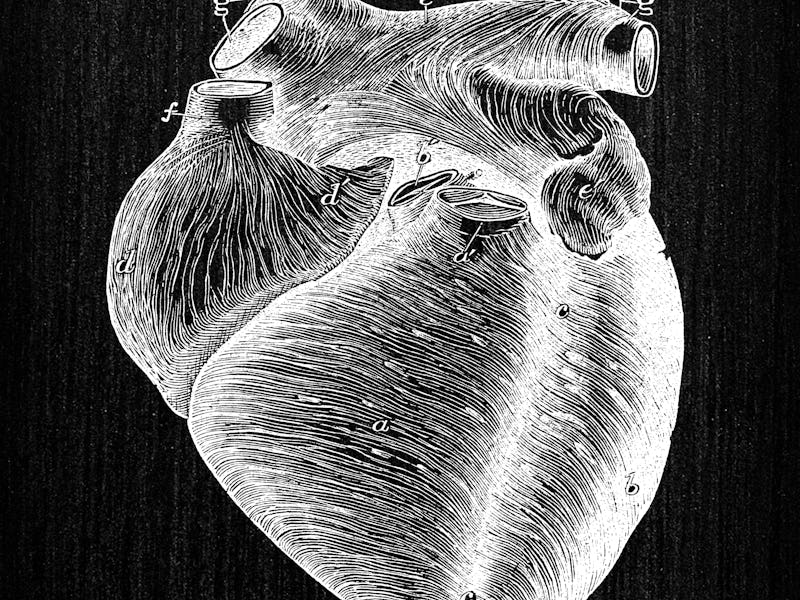When you sleep
Plus: Can an old prediction about EVs finally come true?

The axiom “in by ten” is sometimes ascribed to professional athletes who avoid nightclubs, bottle service, and the other trappings that present themselves at the confluence of youth, fame, and money.
But getting indoors — and in bed — by 10 p.m. can also directly improve one’s health and longevity, according to new research. It’s our lead story today in this edition of Inverse Daily. I’m Nick Lucchesi. Thanks for being with us.
This is an adapted version of the Inverse Daily newsletter for Wednesday, November 17, 2021. Subscribe for free and earn rewards for reading every day in your inbox. ✉️
Sleep science
[By Nick Keppler]
To improve your heart health, you may need to cultivate a rather counterintuitive habit: Start watching The Daily Show online the day after it airs on television. The reason why is to do with when you should hit the hay for the night.
Researchers in the U.K. have discovered that people who usually fall asleep between 10 p.m. and 11 p.m. develop fewer cardiovascular problems later in life than those who enter the Land of Nod both before or after this golden hour.
The paper detailing the finding, published in the European Heart Journal this month, is co-authored by David Plans, who is a researcher at Huma, a healthcare technology company, and a fellow at the Alan Turing Institute.
Related:
A rare planet orbiting two suns
When Star Wars: A New Hope premiered in 1977, the idea that a planet like Tatooine could orbit two suns was the stuff of fantasy. But in recent decades, astronomers have located 14 Tatooine-like planets in the universe. Technically known as circumbinary planets, these orbit pairs of stars.
Spying one of these bodies is a rare treat. They typically take a while to find, but a planet described this month in a new study in The Astronomical Journal was spotted in record time.
Related:
Can an old prediction come true?
[By Jordan Golson]
With apologies to Mark Twain:
The reports of the arrival of the electric car have been greatly exaggerated. There have been many big predictions about inflection points and tipping points, and eclipses. All of them, false starts.
At the end of this year, with so many different automakers rolling out incredible EVs, and with just a few weeks left in 2021, we can declare it now, ever-so-softly and in the hushed, cautionary tone of someone who’s seen many been wrong before him...
***Whispers***
“2021 is the Year of the Electric Car.”
Related:
The Mars rover and “something no one has seen”
NASA’s Perseverance rover has been on Mars for more than 200 days and has gotten pretty familiar with the planet’s rocks. The robot has already zapped, drilled, and packed Martian rocks into its belly — and now it’s even revealed what’s beneath the surface of one of these rocks.
Recent images beamed down by Perseverance revealed the inside of a Martian rock after the rover removed a layer from its surface, revealing a never before seen view of Mars’ geology. The more the rover reveals about these rocks, the closer scientists get to understanding Mars’ history and whether or not the planet ever hosted life.
Perseverance landed on the Red Planet on February 18, and has been scouring Mars’ Jezero Crater ever since in search of clues for ancient life.
Related:
A meteor shower in Southeast Asia.
- About the newsletter: Do you think it can be improved? Have a story idea? Want to share a story about the time you met an astronaut? Send those thoughts and more to newsletter@inverse.com.
- Go outside tonight: The Leonids meteor shower peaks today and tomorrow, November 17 and 18, 2021.
- Song of the Day: “When You Sleep” by My Bloody Valentine.